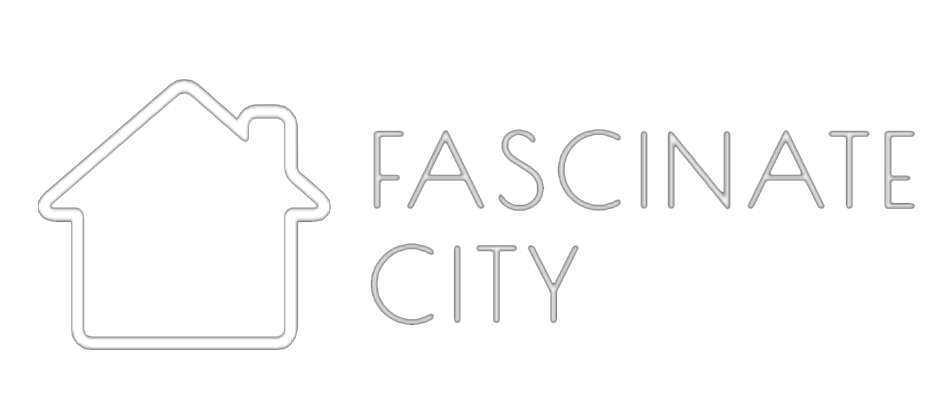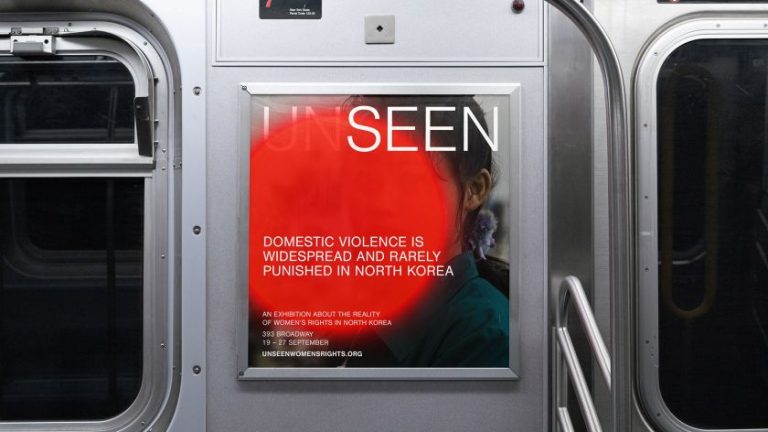Image licensed via Adobe Stock
Set your freelance prices with confidence by following this expert advice from fellow creatives.
Setting your rates as a creative freelancer can feel like throwing darts at a moving target. Charge too little, and you risk burnout while barely covering your expenses. Charge too much, and potential clients might ghost you faster than you can say “invoice overdue”. So, how do you strike the right balance?
Pricing is one of the trickiest aspects of freelancing, and almost every creative has a horror story about undercharging, over-delivering, or being guilt-tripped into working for exposure. Maybe you’ve accepted a project that seemed well-paid, only to realise you’d overlooked travel costs. Perhaps you’ve spent hours agonising over a quote, only for the client to disappear without a trace. Or worse—you’ve set your rates too low, found yourself drowning in work, and still struggled to pay the bills.
The good news? You’re not alone. Every freelancer goes through this, and with a bit of strategy, you can learn how to set rates that reflect your value, attract the right clients, and—most importantly—make freelancing a sustainable career.
To give you some pointers, we’ve gathered insights from experienced creatives who have learned, sometimes the hard way, how to price their work effectively. Oh, and you can read the full discussion on our new bespoke social network, The Studio. Don’t worry if you’re not a member yet: it’s totally free to join!
1. Start with the basics: cover your costs (all of them!)
Freelancing isn’t just about talent; it’s about sustainability. Your pricing needs to cover not only your creative time but also your expenses, taxes, and even those sneaky hidden costs—like travel.
Take it from Irene Ruby, artist and founder of Makings and Musings. “I have made mistakes in this area before,” she admits.
“I once said yes to an event that paid £150, but after buying all the supplies and covering my train fare, I ended up making a loss.”
Her advice? “Always make sure your pricing includes travel costs. Also, someone once told me that if everyone says yes to your prices without hesitation, you’re probably too cheap.”
2. Ask for the client’s budget up front
Time is money, and if a potential client can’t afford you from the start, it’s better to find out early. By doing this, you can save yourself from wasted negotiations and unrealistic expectations. So as a graphic designer and illustrator Nvard Yerkanian advises: “Always ask about the budget upfront. Nothing is worse than spending hours on calls and proposals, only to realise the client was expecting champagne on a soda budget.
“I either include this in a questionnaire or ask directly in the first conversation to make sure we’re aligned,” she adds. “Similarly, sticking to my rates has been crucial. Clients who truly value your work will pay for it, and those who don’t will always try to negotiate down. Understanding your worth and confidently communicating it makes all the difference.”
3. Value-based vs output-based vs. hourly
Should you charge hourly, based on output, or switch to value-based pricing? Most of our contributors favour the latter, but in truth, each model has its pros and cons.
“I’ve been burned in each of these models,” says brand designer Asa Rodger. “The biggest takeaway for me is to be crystal clear upfront about setting the boundaries, defining the Scope of Work, and ensuring agreements are locked in before starting the work. Quite often, things need to be slowed down in all the ‘new work’ excitement to tune in to those parts and make sure they’re covered. I’ve definitely shot myself in both feet lots of times.”
Over time, though, you should definitely think about which of the three models works best for you and settle on a direction. That’s exactly what Nvard has done. “Charging by the hour doesn’t work for me,” she explains. “I work fast, and I refuse to be penalised for efficiency. Instead, I price based on the outcome, not the time spent. For me, project-based pricing, retainers, and licensing fees have been far more effective.”
4. Figure out your minimum rate
Knowing your worth is one thing, but you also need to know your minimum rate—the absolute lowest amount you’re willing to accept. Copywriter Denise Strohsahl lays out a practical approach.
“In my experience doing my own pricing and helping my clients with theirs, you need to come at this from two sides: what you need and what your clients are willing to pay,” she says. “For this, it’s important to know what your expenses are, how much money you need—and want—to earn while taking taxes, buying new equipment, etc., into account.
“Next, decide how much you want to work over a week, month or year and how many billable hours that leaves you with. This helps you define a minimum hourly or day rate. Then, figure out how long it takes you to build your product or deliver your service. Track your time and get an idea of how long things take you, including your non-billables. Last but not least, check what others are charging and what your ideal clients are willing to pay.
“Ideally, you want to end up with a rate that works for both you and your clients without looking too cheap, aka inexperienced or not confident in your own skills, or too expensive—aka exclusive, picky or greedy.”
5. Don’t undervalue yourself just because a client has a tight budget
As we just mentioned, it’s important to consider what the client can afford. Many freelancers, though, make the mistake of pricing their services purely on that basis… rather than what their work is actually worth. Once, designer Abhinav Yadav was one of them.
“When I started out, my pricing was built upon what the client could afford,” he remembers. “But over time, I’ve realised that there’s not a lot of point to it. Eventually, trying to meet the client’s budget leads to having too many clients and too little profit.
“Now my pricing model is built purely upon charging what I feel to be the value I’m creating for any business,” he clarifies. “I remember reading a post by Simon Dixon, co-founder of DixonBaxi, which stated that: ‘If they see it as an expense, you are in the wrong conversation. If they see it as an investment, you are aligned.'”
Video producer Nick Hill agrees. “I’ve found money is kind of fractal,” he notes. “For any given amount, there will always be a client for whom that amount is too expensive and another one who couldn’t even action a payment that small. The key thing, as others have said, is to get good at working out what something is worth to the client you’re talking to, as well as having a minimum amount you won’t go below. I time-track everything I do to make sure my effective hourly rate isn’t falling below this minimum.”
6. Set boundaries, and don’t let them guilt you
If you’ve ever quoted an hourly rate only to realise later that the client’s budget doesn’t even cover half the work required, you’re not alone.
Artist, pattern designer, and illustrator Sally Purser outlines a typical scenario: “Answer a call-out offering a decent hourly rate, get invested in the project, realise very quickly they have no idea how much work is actually involved, then they hit you with their budget… but they’re a really sweet person and you feel sorry for them, so you take it on anyway!”
It’s easy to fall into this trap, and we all do at some point. But at least recognising it means you can avoid it next time.
7. Offer discounts selectively
Clients trying to lowball is one of the biggest irritations a freelancer can face. However, Asa believes that sometimes you can actually use this to your benefit.
“If the client asks for a discount or cheaper rates, I typically reply by saying I can offer a 5% discount for day-rate bookings longer than a month, and 10% for day-rate bookings over three months,” he explains. “This works well for me personally, as I like having longer bookings for financial security, so I’m happy to negotiate my prices a little that way.”
Final thoughts: charge what you’re worth, and stick to it
Ultimately, freelancing is a business, and your pricing should reflect not only your talent but also your time, effort, and financial needs. So follow these tips, and you won’t go far wrong.
Always factor in your costs, including travel and supplies.
Ask for the client’s budget upfront to avoid wasted time.
Consider value-based pricing instead of hourly rates.
Set a minimum rate and stick to it.
Learn from others, but ultimately, charge what makes sense for you.
At the end of the day, being a creative freelancer isn’t just about passion—it’s about making a living doing what you love. So, set your rates with confidence… and always say, “No, I won’t do it for exposure.”










